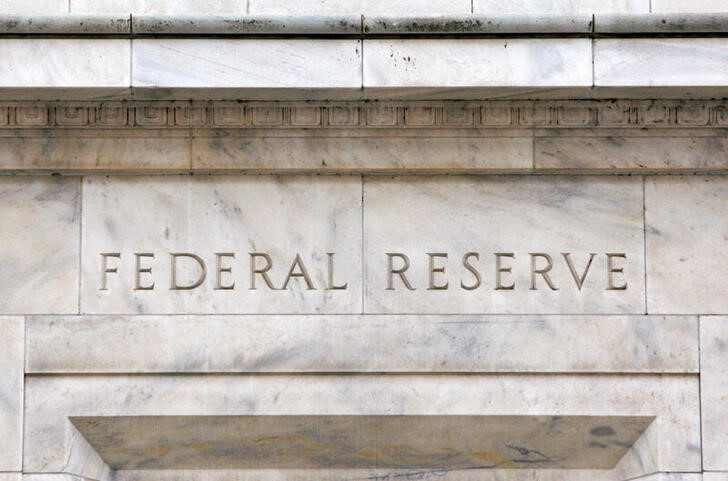This post was originally published on this site

Economic activity “increased slightly” since early January, and the outlook outlook for “future economic growth remained generally positive, with contacts noting expectations for stronger demand and less restrictive financial conditions over the next 6 to 12 months,” the Fed said in its Beige Book economic report, based on anecdotal information collected by the Fed’s 12 reserve banks through Feb. 26.
Expectations for a jump in economic growth as rate cuts come into view had been highlighted as a concern by Atlanta Fed President Raphael Bostic earlier this week.
The Atlanta Fed chief, who expects the central bank to cut rates twice this year, ad the threat of “pent-up exuberance” was a a new upside risk that would have to be monitored in the coming months at time as the first hint of a rate cut could unleash a wave of economic activity, stoking fresh inflation pressures.
The tightness in the labor market, meanwhile, eased further, with nearly all districts noting an improvement in finding and keeping workers, the report showed. Wages grew further across Districts, albeit at slower pace, and employee expectations of pay adjustments were “reportedly more in line with historical averages,” it added.
On the inflation front, while price pressures continued to persist, several districts reported “some degree of moderation” in inflation, the report said. Businesses, however, were finding more difficult to pass through higher costs onto their customers, who are becoming more cost conscious. Consumer spending on retail goods “inched down,” as households continued to “trade down and to shift spending away from discretionary goods,” the report said.

